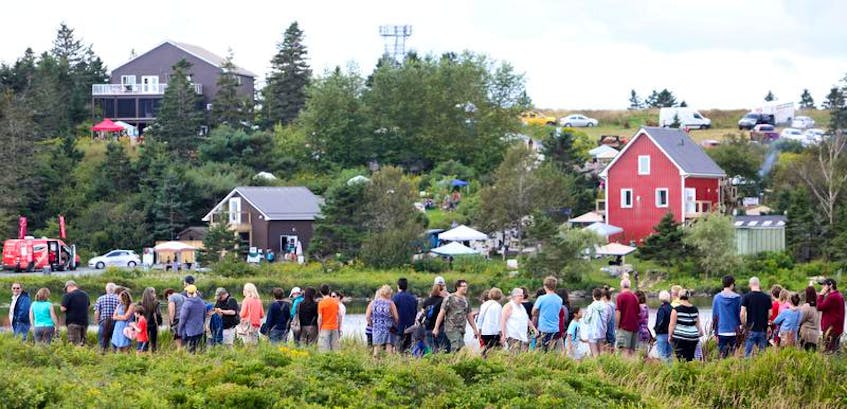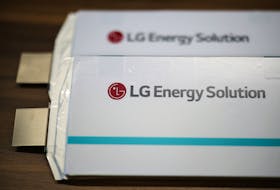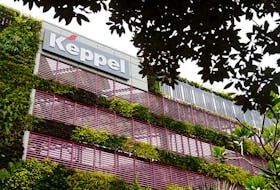Hope for Wildlife director Hope Swinimer is excited that the wildlife rehab centre can begin work on a solar power project.
The facility, located in Seaforth, gained approval from the province earlier this week to install the project and sell energy generated from it to Nova Scotia Power.
Swinimer said that will help the charity pay for the cost of the panels over time as well as help fund the operations.
“And it really falls in really well with our mission and our education programs here at Hope for Wildlife because we really believe strongly in reconnecting with our natural world and practising appropriate renewable energy techniques so it really is a wonderful opportunity for us to be able to do that to put our teaching into action,” Swinimer said on Wednesday.
It’s not the only green energy systems Hope for Wildlife has. Their main building uses a passive solar design and incorporates geothermal heating systems.
“And now also, with being approved for this project, we want to put one of the solar panels in our education facility — probably outside, of course,” Swinimer said. “But with it will be attached a lot of information about how to make this happen for yourself and we’ll put a little computer with it that will show how much energy it is creating.”
Together with the hundreds of people who come through the grounds every day and with school tours, she figured thousands of people will get to see it.
According to the provincial government’s online information guide about the solar program, a solar array can produce up to 1,100 kilowatt-hours of energy annually for each kilowatt of panels. Hope for Wildlife has been approved for a 30 kW installation. Using the province’s example, if the owner sold the power for 25 cents per kWh, that could bring in $8,250 per year.
“The way I understand it we legally have to sell it to Nova Scotia Power and then, obviously that money at a predetermined rate is given back to us so in a roundabout way it goes direct to pay our power bills. And we have huge expenses so it makes me feel good, too, that we are taking steps to create clean energy, because we use so much energy. I don’t know if we’ll break even or we’ll make money but no matter what, just having that go in an indirect manner towards what we consume is really nice.”
Swinimer said they’ll be installing 109 solar photovoltaic panels, although they still have to work out the details of how and where to arrange them. They may install them on the ground or a combination of ground and rooftop.
They charitable society has hired a renewable energy company called Natural Forces for the project.
The provincial approval is just permission to install the panels and sell the power, it doesn’t include money for the infrastructure and panels themselves. Swinimer said it will be a big investment on their part, to the tune of $154,000, so they are going to start a fundraising campaign through their website www.hopeforwildlife.net to pay for it.
“I just see it as such as positive thing and it just fits so well in what we do, and I the education component, I think, will make it really attractive for us. And plus it will help us to continue to do our work because we’ll have a small stream of income coming in for a long, long time.”









